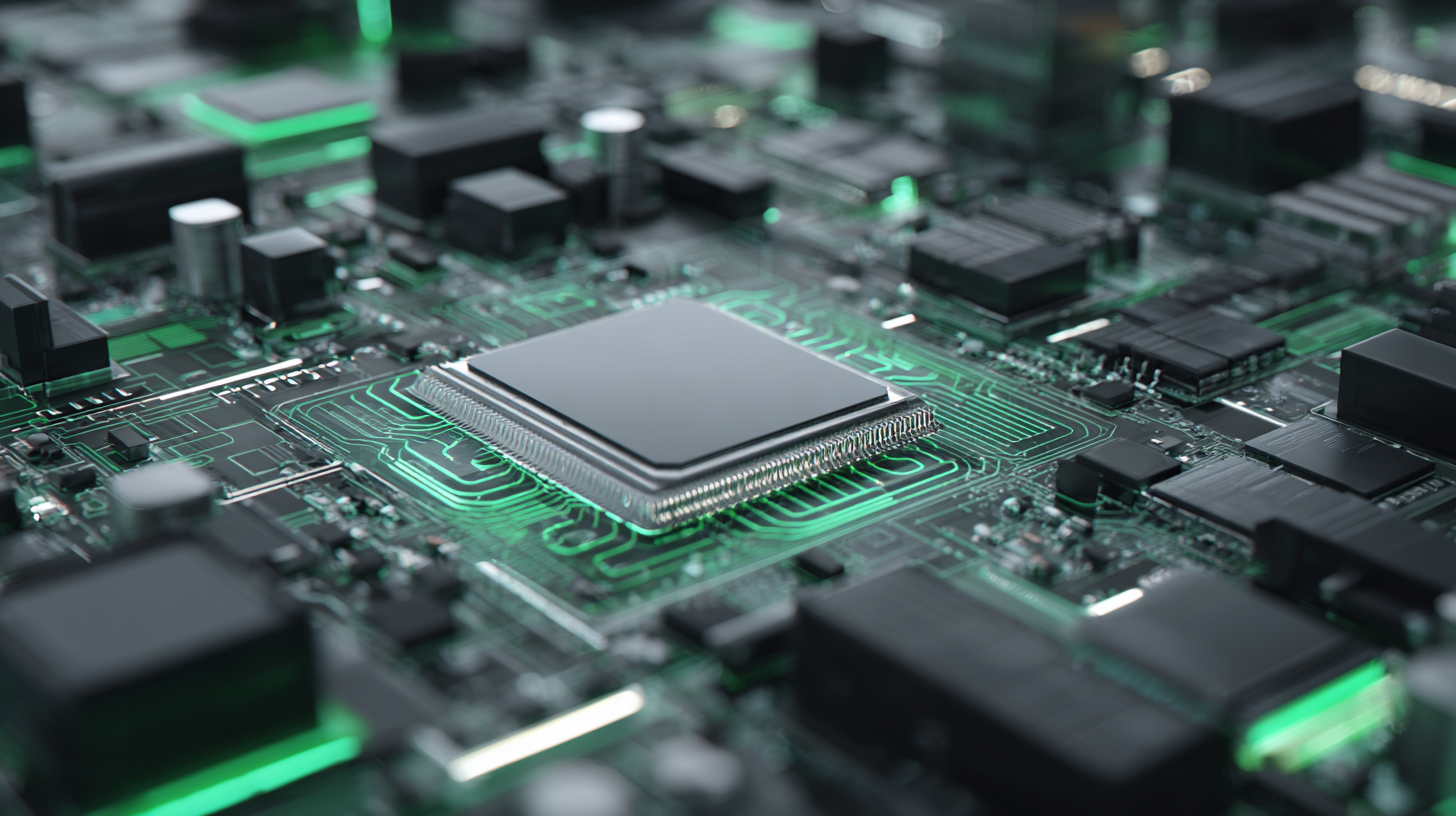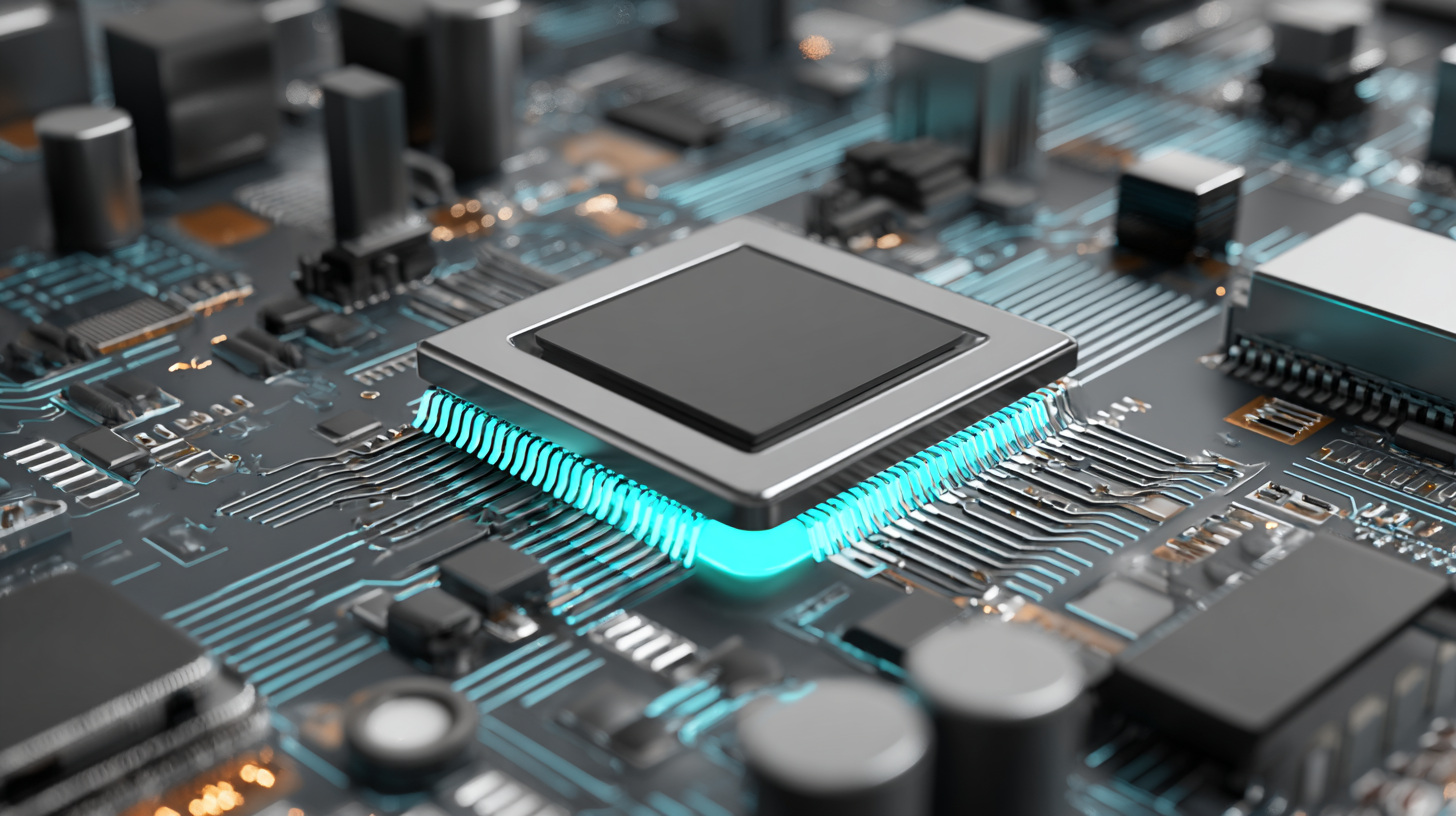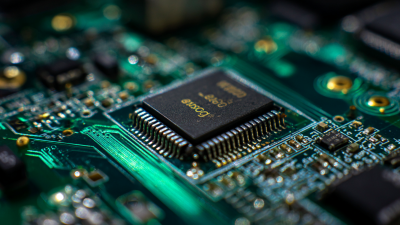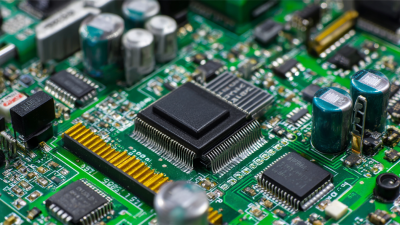WORLD electronics offers a complete line of electronic circuit board manufacturing and assembly services, as well as advanced manufacturing services. Our commitment to quality and service is second to no supplier.
Learn MoreOur team of engineers assists you in the development of new designs to optimize quality manufacturability (DFM) and testability, resulting in cost minimization and reduced product development time.
Learn MoreOur flexible manufacturing floor layout and highly trained staff allow for Quick Set-up and Tear Down of small volume prototype runs. This combination grants our customers the benefit of turning new designs quickly and accurately.
Learn MoreWORLD electronics is dedicated to quality. This quality is what underpins our commitment to thorough testing. Our engineers can develop a set of tests that ensure reliability and high performance in all products.
Learn MoreSupply chain management has crossed over from being a narrow management function to being a key operational function.
Learn More
 The integration of artificial intelligence (AI) in the field of PCB electronics is ushering in a new era of design and production efficiency. According to a recent industry report by Research and Markets, the global PCB market is expected to reach $85 billion by 2027, driven by the increasing demand for advanced technologies in sectors like automotive and telecommunications.
AI-driven analytics enable designers to optimize layouts and materials, resulting in enhanced performance and reduced manufacturing costs. Furthermore, a study by McKinsey indicates that companies leveraging AI in their production processes can improve efficiency by up to 30%.
As PCB electronics evolve, the adoption of AI insights becomes essential, not only for staying competitive but also for addressing the ever-growing complexities of modern electronic systems. Embracing these innovative strategies will undoubtedly transform the landscape of PCB design and manufacturing, leading to smarter, faster, and more efficient production cycles.
The integration of artificial intelligence (AI) in the field of PCB electronics is ushering in a new era of design and production efficiency. According to a recent industry report by Research and Markets, the global PCB market is expected to reach $85 billion by 2027, driven by the increasing demand for advanced technologies in sectors like automotive and telecommunications.
AI-driven analytics enable designers to optimize layouts and materials, resulting in enhanced performance and reduced manufacturing costs. Furthermore, a study by McKinsey indicates that companies leveraging AI in their production processes can improve efficiency by up to 30%.
As PCB electronics evolve, the adoption of AI insights becomes essential, not only for staying competitive but also for addressing the ever-growing complexities of modern electronic systems. Embracing these innovative strategies will undoubtedly transform the landscape of PCB design and manufacturing, leading to smarter, faster, and more efficient production cycles.
Understanding the fundamentals of printed circuit boards (PCBs) is crucial for developing effective AI-driven optimization strategies in electronics design and production. PCBs serve as the backbone of electronic devices, facilitating connectivity and functionality among various components. A solid grasp of PCB basics, including material properties, layering techniques, and design rules, allows engineers and designers to create more efficient layouts that minimize signal loss and improve thermal management. This foundational knowledge empowers teams to harness AI tools better, leading to innovative design solutions.
The integration of AI in PCB design not only streamlines traditional workflows but also introduces predictive analytics that enhance production efficiency. By analyzing data from previous designs and manufacturing processes, AI can identify patterns and propose adjustments that mitigate potential issues before they arise. This proactive approach enables faster turnaround times and reduced costs, while also improving product quality. Understanding how the principles of PCB design and production intersect with AI technologies is essential for professionals aiming to maximize the potential of smart manufacturing practices in the electronics industry.

The integration of AI tools in PCB design represents a groundbreaking shift towards enhanced efficiency and precision. By leveraging advanced algorithms, designers can optimize layout configurations and component placements more effectively than ever before. AI-driven simulations enable designers to identify potential issues early in the design process, significantly reducing the time and resources spent on prototyping and iterations. This predictive capability helps to streamline workflows, allowing teams to focus on innovation rather than troubleshooting.
Moreover, AI tools facilitate data-driven decision-making by analyzing vast amounts of design parameters and historical performance metrics. This analysis not only aids in the identification of best practices but also automatically suggests improvements, leading to evolved design standards and practices. As a result, engineers are empowered to create high-performance PCBs with enhanced reliability and reduced material waste, ultimately driving down production costs while elevating quality. The convergence of AI and PCB design is transforming traditional methodologies, fostering a new era of efficiency in electronics manufacturing.
| Parameter | Before AI Implementation | After AI Implementation | Percentage Improvement |
|---|---|---|---|
| Design Time (hours) | 120 | 80 | 33.33% |
| Production Time (days) | 15 | 10 | 33.33% |
| Error Rate (%) | 5 | 2 | 60% |
| Material Waste (%) | 20 | 10 | 50% |
| Cost Overrun (%) | 15 | 5 | 66.67% |
The integration of machine learning in PCB production processes is transforming the electronics manufacturing landscape. According to a report by McKinsey, the adoption of AI and machine learning technologies can improve productivity in manufacturing by up to 20%. This shift is particularly crucial for the PCB industry, which faces increasing demands for faster turnaround times and reduced costs while maintaining high standards of quality. Machine learning algorithms can analyze vast datasets from production lines to identify bottlenecks and predict failures before they occur, leading to optimized workflow and reduced downtime.
Furthermore, a survey conducted by IPC—Association Connecting Electronics Industries reveals that 70% of PCB manufacturers are currently investing in AI technologies for process optimization. By implementing machine learning, companies can enhance their design validation processes, allowing for rapid iterations and more innovative designs. This intelligence also leads to smart inventory management, where AI can forecast component requirements and mitigate risks related to supply chain disruptions. As machine learning techniques continue to evolve, the potential for PCB manufacturers to gain a competitive edge through enhanced efficiency and innovation becomes increasingly promising.
The integration of AI in PCB manufacturing brings forth numerous challenges, particularly in optimizing design and production efficiency. A recent survey indicated that while approximately 85% of Fortune 500 companies are investing in AI, only 1% consider themselves at maturity in AI adoption. This stark contrast highlights significant barriers such as entrenched traditional practices and outdated equipment, which hinder the transition to advanced, AI-driven processes.
Moreover, the cultural clash within organizations can impede AI implementation. Many manufacturers struggle to reconcile new, data-driven methodologies with their established practices, leading to resistance among employees. For instance, a report noted that aligning AI strategies with existing lean quality management principles often results in tension, as the unexplainable nature of AI algorithms defies conventional decision-making techniques.
Addressing these challenges requires a thorough roadmap for transformation, emphasizing training and cultural integration alongside technological upgrades to fully leverage AI's capabilities in PCB design and production.
In the evolving landscape of PCB technologies, artificial intelligence (AI) is set to play a transformative role. Traditionally focused on providing structural support and connectivity for electronic components, PCBs are now required to transmit ultra-high-speed signals and manage complex challenges such as high power density, heat dissipation, and advanced multi-layer stacking designs. As AI continues to infiltrate various sectors, the demand for smarter, more efficient printed circuit boards is rapidly increasing, signaling a new era for this essential technology.
Market trends indicate that innovative applications in PCBs are emerging as blue ocean opportunities, especially driven by advancements in Micro LED technology, foldable devices, and the rollout of 5G networks. Notably, substrate-like PCBs (SLP) have evolved from being utilized solely by leading brands to becoming a competitive standard across the industry. This surge necessitates PCB manufacturers to pivot towards producing high-performance variants that align with the growing computational demands of AI servers and enhanced high-speed processing systems, marking a significant shift in the PCB value chain and establishing their pivotal role in the AI era.






